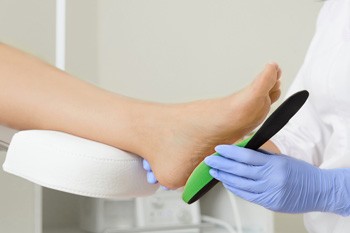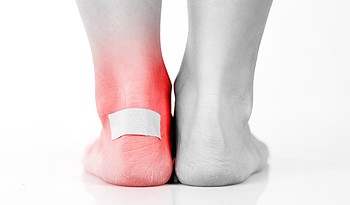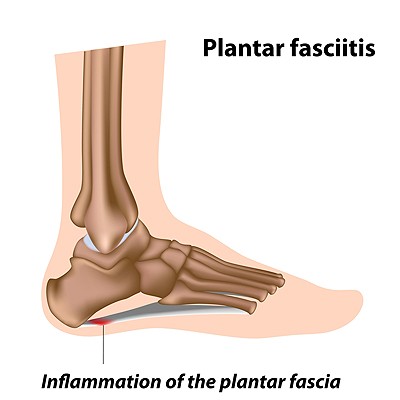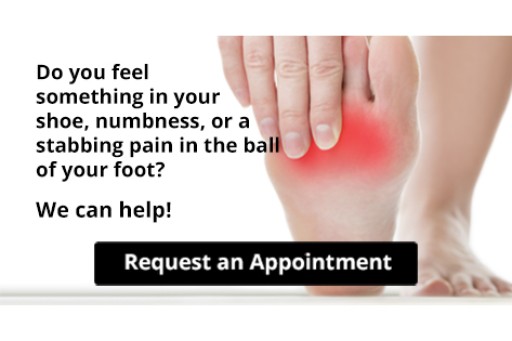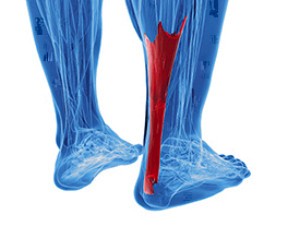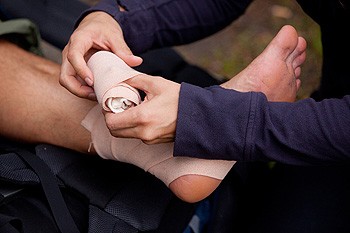 Orthotics are designed to be inserted into shoes to help realign the feet or relieve pressure caused by other foot-related problems. They can also help with non-foot issues, such as knee pain or lower back pain. Orthotics can be made to take stress off certain parts of the feet, or to keep the feet aligned. Orthotics are also often used as a method to delay surgery (e.g., when a child needs to wait for their growth plates to close or for their bones to grow more) or to help alleviate pain after surgery. There are multiple ways to make orthotics as well. These methods include laser scanning the foot, using a foam box, or using a plaster cast. If you believe that orthotics are right for you, consulting with a podiatrist is suggested.
Orthotics are designed to be inserted into shoes to help realign the feet or relieve pressure caused by other foot-related problems. They can also help with non-foot issues, such as knee pain or lower back pain. Orthotics can be made to take stress off certain parts of the feet, or to keep the feet aligned. Orthotics are also often used as a method to delay surgery (e.g., when a child needs to wait for their growth plates to close or for their bones to grow more) or to help alleviate pain after surgery. There are multiple ways to make orthotics as well. These methods include laser scanning the foot, using a foam box, or using a plaster cast. If you believe that orthotics are right for you, consulting with a podiatrist is suggested.
If you are having discomfort in your feet and would like to try orthotics, contact one of our podiatrists from Biebel & DeCotiis Podiatry Associates. Our doctors can provide the care you need to keep you pain-free and on your feet.
What Are Orthotics?
Orthotics are inserts you can place into your shoes to help with a variety of foot problems such as flat feet or foot pain. Orthotics provide relief and comfort for minor foot and heel pain but can’t correct serious biomechanical problems in your feet.
Over-the-Counter Inserts
Orthotics come in a wide variety of over-the-counter inserts that are used to treat foot pain, heel pain, and minor problems. For example, arch supports can be inserted into your shoes to help correct overarched or flat feet, while gel insoles are often used because they provide comfort and relief from foot and heel pain by alleviating pressure.
Prescription Orthotics
If over-the-counter inserts don’t work for you or if you have a more severe foot concern, it is possible to have your podiatrist prescribe custom orthotics. These high-quality inserts are designed to treat problems such as abnormal motion, plantar fasciitis, and severe forms of heel pain. They can even be used to help patients suffering from diabetes by treating foot ulcers and painful calluses and are usually molded to your feet individually, which allows them to provide full support and comfort.
If you are experiencing minor to severe foot or heel pain, it’s recommended to speak with your podiatrist about the possibilities of using orthotics. A podiatrist can determine which type of orthotic is right for you and allow you to take the first steps towards being pain-free.
If you have any questions please contact one of our offices located in Holmdel and Middletown, NJ . We offer the newest diagnostic and treatment technologies for all your foot and ankle needs.
